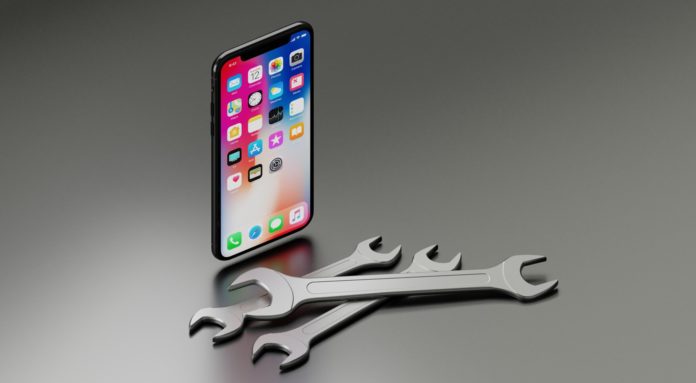
Did you finally make the decision to invest a little bit more into a smartphone in 2025? Having a device in your pocket that’s cheap and slow can get quite frustrating, especially in the modern world where everything can and usually is accessed through a phone. Most people prefer to check their email, check the calendar and time, use notes and many other things on their smartphone. This is because it is easily accessible (right there in your pocket), it is fast, easy to use and a bunch of other benefits that you wouldn’t get out of a desktop computer or a laptop.
However, even if you did fork out a bit extra cash this time around, it does not mean that your phone will never get slower and lose out of its performance, according to GetDroidPro. The battery even can get worse and worse over time if you do not care for it properly.
So, if you do not want to spend another five hundred dollars on a brand new phone in just two or three years, here are some maintenance tips for beginners to ensure that the speed of your device won’t degrade and the battery will last longer. And for those using Qlink wireless phones, they can read more about the update at resettips.com
Keep in mind, most devices are split to using two different operating systems. Every iPhone uses the iOS operating system while every other uses Android. These tips will apply to anyone, but the exact steps to do them might be different depending on the operating system you use.
Why should I maintain my phone?
It might seem absurd to you that such a smart device that can handle any kind of application and do almost anything your huge computer can do, has to be maintained by a human. Sure, they are very smart devices and they will last at least a few years at their 100% even if you do not do any kind of maintenance, but there are still some things that you can do to make them last even longer than that.
It is not just about keeping it clean from dust and water. The storage needs to be cleaned regularly, the battery has to be charged properly and keeping the operating system clean can keep it working at maximum performance.
1. Charging
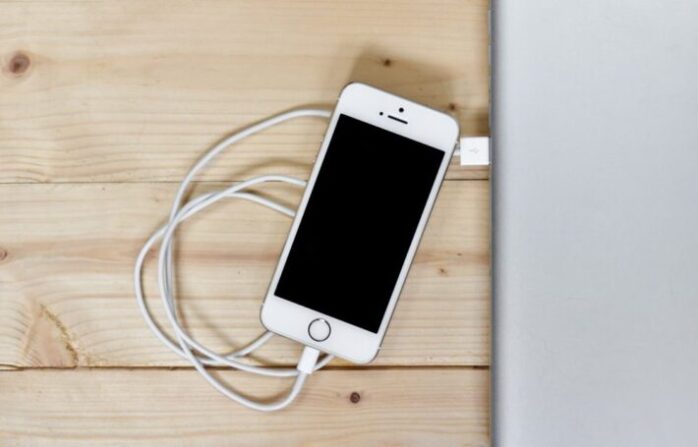
When you buy a new phone, the first thing you do is get home and plug it in your wall so it gets charged to 100%. This is what most people do. But, most people also do not know that the way you are charging it will have an impact on the battery’s lifespan. And once you realize that most batteries are hard to replace, you will regret that you didn’t take care of it properly.
The idea of maintaining it is quite simple. All you will have to do is keep it charged over 40% because if it stays too long below 50% that is what it can cause it to degrade.
The myth that you should always discharge the battery to below 10% is just that, a myth. These lithium-ion batteries do not need to be drained fully because they have what is called a charge cycle. So, if you charge it from 0 percent to 100 percent you have done one entire charge cycle. If you decide to let it charge to 50 percent, this is called a half cycle. In other words, the lifespan of lithium-ion batteries is calculated in a total number of cycles. It doesn’t matter whether you plug it in at 10, 20, 50 or 80 percent, what matters is how many cycles you are going to use.
Doing everything you can to reduce the drainage is what will actually help its lifespan.
Another thing that may degrade the lifespan of batteries is the use of the wrong charging cable and brick. Almost every phone comes with its own brick that is rated for a certain amount of watts and amperes. If you try to plug it in a different brick that has a higher wattage than what it requires, you might degrade it or even completely destroy it.
2. Close unnecessary apps

We already mentioned that the one way to save the lifespan of your batteries is to reduce the number of times you have to plug it in the wall. To do this you will have to do deal with the applications that cause serious drainage.
When you are not using your phone make sure that you close down every application that is running in the background to avoid any unnecessary loss of power. Some Android devices do not let you close or delete some applications. To close down such applications you could either install a custom Android version or install Magisk Manager.
3. Remove applications that you do not use
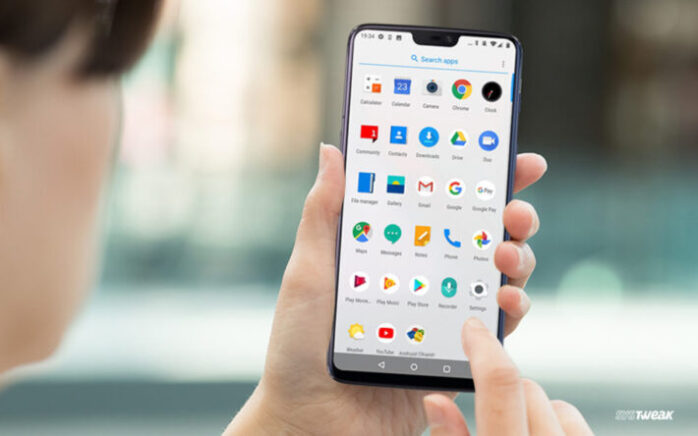
Many people tend to download hundreds of applications during a smartphone’s lifespan, but they forget to ever delete them. Many of those applications that you have download may be draining the energy of your smartphone in the background. So, if you have any apps that you never use, you should consider deleting them. You will also get a lot of free memory space this way too. If you don’t feel like removing every application one by one, you could consider doing a hard reset. Check out GetDroidPro to find a guide on how to do that.
4. Turn off some settings
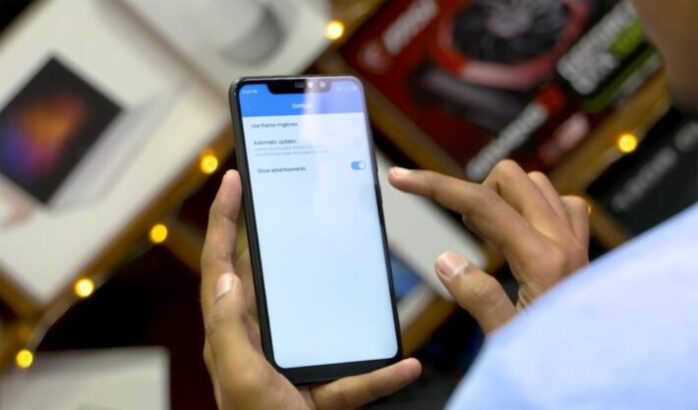
If you are at home and watching TV, is there really a reason why your Bluetooth connection is always running? You could also consider turning off the Wi-Fi connection and mobile data if you do not plan on using it anytime soon. GPS can also be another setting that might drain a lot of energy from your phone.
5. Lower the brightness
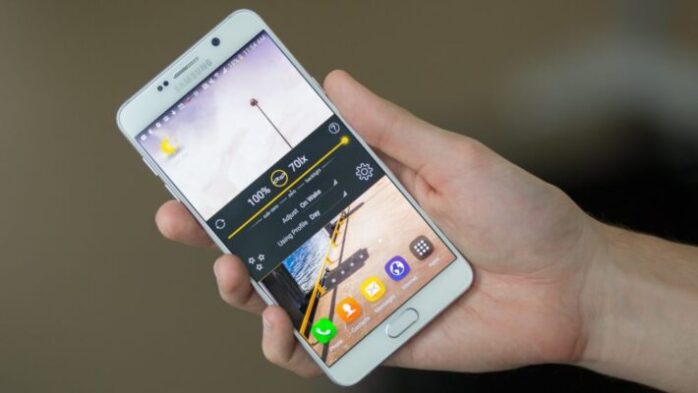
Yes, it is actually as simple as that. The thing that drains most of your smartphone’s battery is its display screen. Most modern display screens can reach a ridiculously high brightness, but there really is no reason to keep it at such a high level all the time. If you are outside and the sun starts blocking your view of the screen then you should bump up the brightness, but if you are at home or at the office, turn it down a bit. You will protect both your eyes and the battery.











